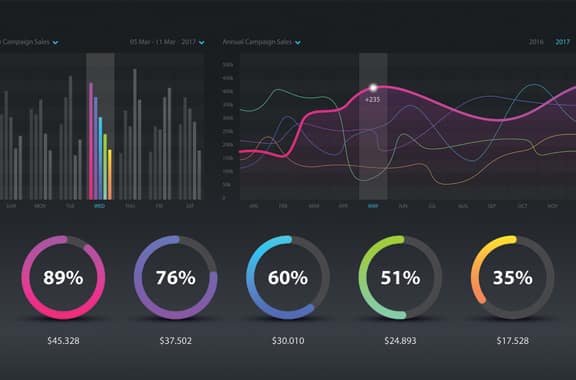Created a pricing engine by leveraging application risk models and asset pricing models to implement a real time journey
Challenge
The client is an equipment finance lender who had been operating in the same industry since the last ten years. Most of the client’s customers exhibited dual behavior, of retail customers as well as businesses.
Underwriting decisions not only depend on the loan applicants but also the asset class. Hence, the client wanted to move from a policy-based risk underwriting approach to a scorecard based approach- where the applications are scored more on individual merit, based on expected probability of default.
Solution
We developed two classes of models for predictions:
- Client Model
It focused on the likely default rate of clients based on the application parameters This model was developed using logistic regression and gradient boosting models.
- Asset Model It focused on the percentage of recovery value of assets in case of default. This model was developed using logistic regression and gradient boosting models Both these models were brought together in an underwriting engine, which decided whether a particular application should be accepted or rejected. If the application was accepted, it decided what the price of the loan should be. On the basis of the client model and asset model, every application will be rated and the price and LTV are suggested. This pricing model is real time with decisions given as soon as application is completed.
Impact
While the previous processes took three days to approve a loan, the new process was real time.
The bad rate reduced by 7%.



